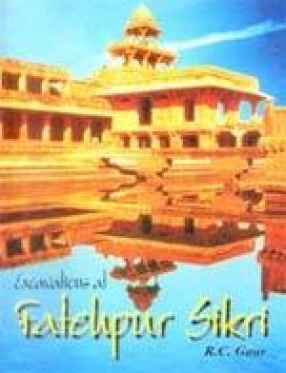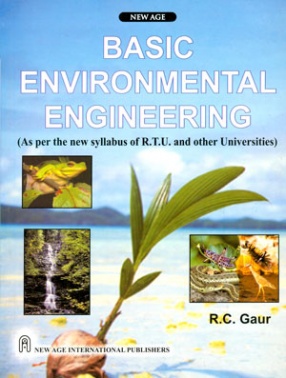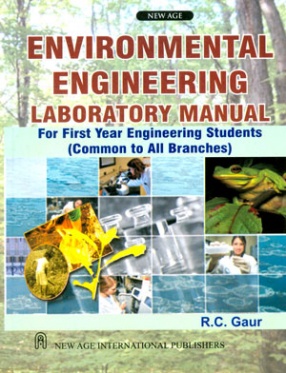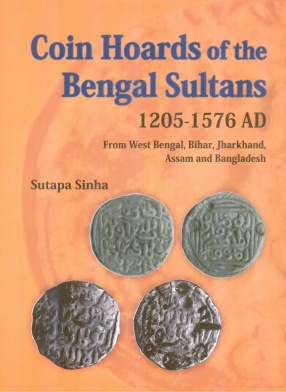Excavations at Fatehpur Sikri
In stock
The Government of India launched a National Project of excavation to examine the ruins buried under debris at Fatehpur Sikri. This task was assigned to the Department of History, Aligarh Muslim University (AMU), Aligarh, in collaboration with the Archaeological Survey of India (ASI), the major work of which was done under the direction of Professor R.C. Gaur of AMU. Fatehpur Sikri is situated about 37 km west of Agra on two extended ridges of the Vindhya range. Emperor Akbar visited this place for the first time in 1568-69 while returning from Ajmer after ziyarat, to meet the great saint Shaikh Salim Chishti, who resided here on the barren ridge. The Shaikh then predicted that the Emperor would have three sons who till then had no male issue. After the birth of Prince Salim, the grateful Emperor decided to build his palace-complex and the seat of his administration in the vicinity of the place chosen by the Shaikh for constructing the grand mosque and his khanqah. A walled town was also planned and built below the palace area. Akbar could not stay for long at Fatehpur Sikri as he left for his north-west frontier to safeguard it. On his return, Akbar preferred to stay at Agra. After a long gap, Emperor Jahangir stayed here for three months in 1619, because plague had erupted at Agra. This city once again witnessed some activity when Mohammad Shah ‘Rangeela’ was crowned here in 1719. Since then, no worthwhile account is available till the English East India Company took over Agra in 1803 and established an administrative division at Fatehpur Sikri which continued up to 1850. During this period, except the major part of the palace building (Daulat Khana) which still stands preserved, most of the buildings turned into ruins, so much so that it became extremely difficult to visualize the original plan of the town. Gaur and his team did their best to bring to light major evidences which remained unknown so far, like the shops and roads, noblemen’s house complex, extended part of royal haram-sara, residence complex of the commoners, etc. Gaur worked at the site for 11 years (1978)-88). How far he has been successful will be evaluated by the medieval historians after going through the results of excavations described in this book.








There are no reviews yet.